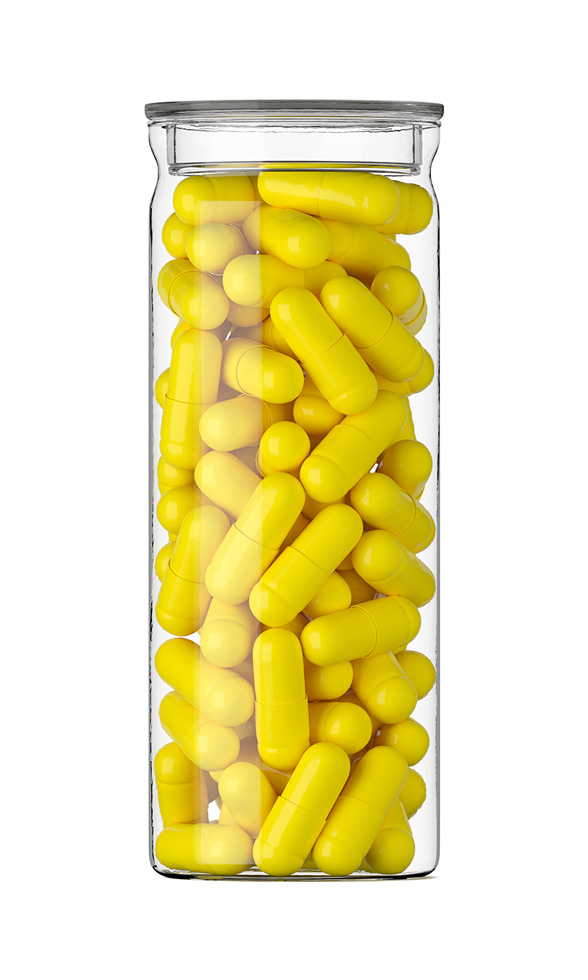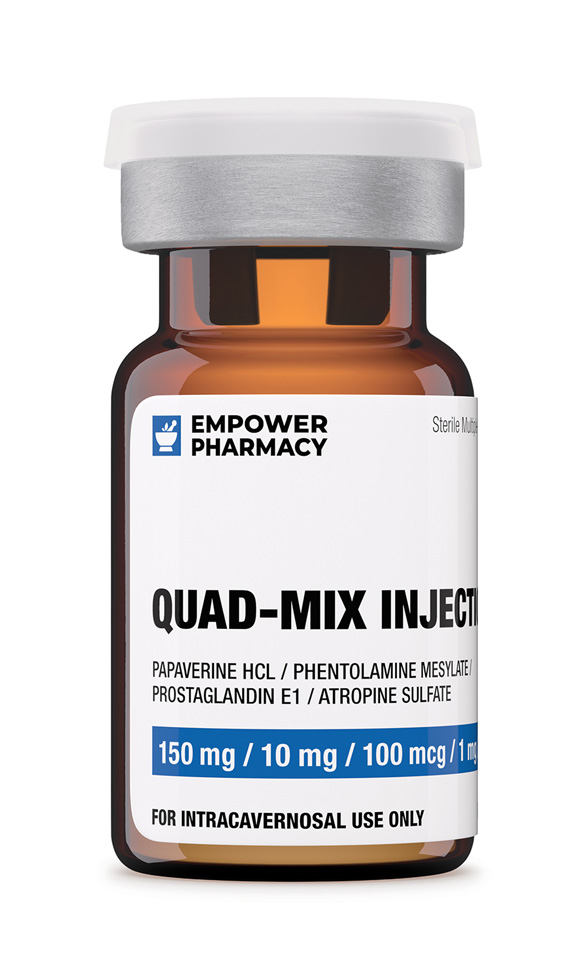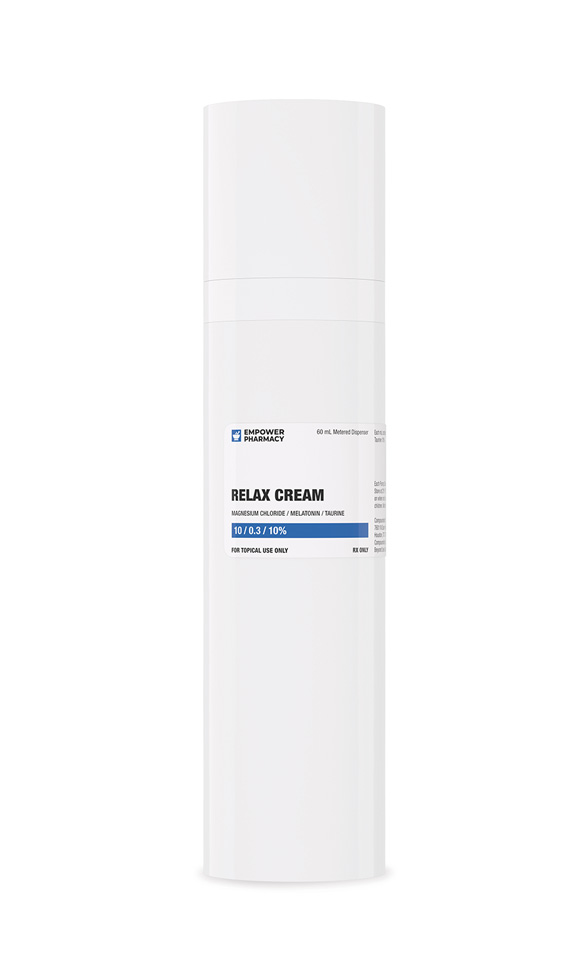- Description
- Reviews (0)
- Store Policies
- Inquiries
Description
Dosage Strengths of Rapamycin (Sirolimus) Capsules
1.75 mg
2.25 mg
Rapamycin, sometimes referred to as sirolimus, could be utilized for longevity to slow down human aging and all age-related disorders. Rapamycin has been thought to “rejuvenate immunity” or, “eliminate hyperimmunity rather than suppress immunity” for longevity. It is a drug normally used to treat certain cancers, lymphoproliferative disorders, and organ transplantation to prevent organ rejection in transplant recipients. It is categorized as an immunosuppressant and functions by obstructing the mTOR pathway, which is essential for cell development and proliferation. Indications for its use include psoriasis, rheumatoid arthritis, and acne vulgaris. It resembles sirolimus (rapamune) structurally.
Rapamycin is an mTOR inhibitor, known also as Rapamune or Sirolimus. It is also an immunomodulator and anti-inflammatory agent. As an mTOR inhibitor, a class of drugs that target a protein called mammalian target of rapamycin (mTOR), it plays a crucial role in regulating cell growth, metabolism, and survival by controlling various cellular processes. By inhibiting mTOR, Rapamycin interferes with the signaling pathways that promote cell proliferation and protein synthesis.
By attaching to a particular protein, FK506-binding protein 12 (FKBP12), rapamycin, an immunosuppressive medication, suppresses the activity of a protein known as the mechanistic target of rapamycin (mTOR). This complex reduces the action of mTOR. By regulating protein synthesis, autophagy, and metabolism, mTOR is essential in controlling cell growth, proliferation, and survival. Rapamycin is utilized as an immunosuppressant and an anti-cancer treatment because it inhibits mTOR, which results in a reduction in cell growth and proliferation.
Contraindications:
Hypersensitivity: Before prescribing rapamycin (sirolimus), there are a few contraindications and safety concerns to take into account.
Active infections: The risk of infections can rise due to immunosuppression brought on by rapamycin. Patients with infections that are still active should not take it.
Pregnancy: Rapamycin should not be used by pregnant women since it may harm the fetus.
Renal impairment: In patients with renal impairment, the dose of rapamycin may need to be changed because it is largely removed through the kidneys.
Hepatic impairment: Since the liver is where rapamycin is metabolized, patients with hepatic impairment may require a dose adjustment.
Hyperlipidemia: Rapamycin use in patients with high cholesterol or triglyceride levels should be closely managed because it can lead to hyperlipidemia.
Diabetes: Diabetes patients should use rapamycin cautiously because it can result in hyperglycemia.
Wound healing: Rapamycin use in individuals undergoing surgery should be closely monitored because it has the potential to impede wound healing.
Elderly patients: Elderly patients might need lower dosages of rapamycin because they might be more sensitive to its negative effects.
Interactions: Other medications, such as immunosuppressants, antifungals, antibiotics, and some anticonvulsants, may interact with rapamycin. Patients taking other medications should have their use of it closely monitored.
Rapamycin should not be used by pregnant women since it may harm the fetus.
The use of rapamycin (sirolimus) during breastfeeding is not recommended, it is not known whether the drug is excreted in human breast milk or to what effect it may have on the nursing infant. There are no adequate and well-controlled studies in lactating women, and the potential risks to the nursing infant are not known. Therefore, healthcare providers generally advise against the use of rapamycin in breastfeeding mothers.
If rapamycin is required medically for a nursing mother, other choices should be taken into account. The nursing infant should be thoroughly watched for any potential side effects if the medicine is deemed necessary. It is best to decide whether to use rapamycin while nursing in consultation with a medical professional, who will weigh the advantages and disadvantages for the mother and the nursing child.
At the time of writing, there were no reported interactions for 7-keto-DHEA. It is possible that unknown interactions exist.
Rapamycin (sirolimus) is a medication that can cause various adverse reactions or side effects. Some of the most common side effects of rapamycin include:
- Swelling in the legs, ankles, or feet
- High blood pressure
- Nausea and vomiting
- Headache
- Difficulty sleeping
Some of the more serious side effects of rapamycin include:
- Increased risk of infections
- Increased risk of certain types of cancers, such as skin cancer and lymphoma
- Kidney damage
- Lung problems, such as coughing, shortness of breath, and fluid buildup in the lungs
- Liver damage
- Hemorrhage (bleeding)
- Hyperlipidemia (high cholesterol and triglycerides)
- Diabetes or worsening of pre-existing diabetes
Any of these side effects while taking rapamycin should be reported to a healthcare professional. They might need to change the medication’s dosage or keep an eye out for any potential side effects. The likelihood of side effects from rapamycin may be increased if a healthcare provider is aware of any underlying medical issues, such as liver or renal illness.
Store this medication at 68°F to 77°F (20°C to 25°C) and away from heat, moisture and light. Keep all medicine out of the reach of children. Throw away any unused medicine after the beyond use date. Do not flush unused medications or pour down a sink or drain.
1.Blagosklonny M. V. (2006). Aging and immortality: quasi-programmed senescence and its pharmacologic inhibition. Cell cycle (Georgetown, Tex.), 5(18), 2087–2102. https://doi.org/10.4161/cc.5.18.3288
2.Blagosklonny MV. Rapamycin for longevity: opinion article. Aging (Albany NY). 2019 Oct 4;11(19):8048-8067. doi: 10.18632/aging.102355. Epub 2019 Oct 4. PMID: 31586989; PMCID: PMC6814615. https://www.ncbi.nlm.nih.gov/pmc/articles/PMC6814615/
3.Zhang, J., & Chung, T. (2010). Old drug, new use: sirolimus in dermatology. International journal of dermatology, 49(8), 947-953.
4.Li, Y., Li, J., & Li, S. (2019). Pharmacokinetics and metabolism of sirolimus. Clinical and experimental pharmacology & physiology, 46(2), 96-107.
5.Pfizer Inc. (2019). Rapamune (sirolimus) prescribing information. Retrieved from https://www.accessdata.fda.gov/drugsatfda_docs/label/2019/021083s046lbl.pdf
6.Smit, J. W., & Stokkel, M. P. (2012). Radiopharmaceuticals in the era of targeted therapy: a clinical review. EJNMMI research, 2(1), 50.
7.MTOR inhibitors. Drugs.com. (2023, May 15). https://www.drugs.com/drug-class/mtor-inhibitors.html#:~:text=What%20are%20MTOR%20inhibitors%3F,mTOR%20pathway%20is%20more%20active.
8.Martel, R. R., & Klicius, J. (1993). Mechanism of action of rapamycin. Journal of Antibiotics, 46(5), 10.1038/ja.1993.113.
9.Pritchard, S., Szydlo, R. M., Apperley, J. F., & Carreras, E. (Eds.). (2012). The EBMT Handbook: Hematopoietic Stem Cell Transplantation and Cellular Therapies. Springer Science & Business Media.
10.National Institutes of Health. (2022). Sirolimus. Retrieved from https://livertox.nlm.nih.gov/Sirolimus.htm
11.Davis, M., Williams, G., & Harrison, B. (2014). Sirolimus-associated delayed wound healing: a case report and review of literature. The Annals of pharmacotherapy, 48(3), 393-397.
12.Drugs and Lactation Database (LactMed) – Sirolimus. U.S. National Library of Medicine. (2022). Retrieved from https://www.ncbi.nlm.nih.gov/books/NBK501447/
13.Briggs, G. G., Freeman, R. K., & Yaffe, S. J. (Eds.). (2017). Drugs in pregnancy and lactation: a reference guide to fetal and neonatal risk. Wolters Kluwer. Pfizer Inc. (2019).
14.Rapamune (sirolimus) prescribing information. Retrieved from https://www.accessdata.fda.gov/drugsatfda_docs/label/2019/021083s046lbl.pdf
15.Hale, T. W., & Rowe, H. E. (2019). Medications and Mothers’ Milk. Springer Publishing Company.
16.Micromedex Solutions. (2022). Sirolimus. Retrieved from https://www.micromedexsolutions.com
17.Lexicomp Online. (2022). Sirolimus. Retrieved from https://online.lexi.com
18.Drugs.com. (2022). Sirolimus Side Effects. Retrieved from https://www.drugs.com/sfx/sirolimus-side-effects.html
Be the first to review “Rapamycin (Sirolimus) Capsules”
General Inquiries
There are no inquiries yet.










Reviews
There are no reviews yet.